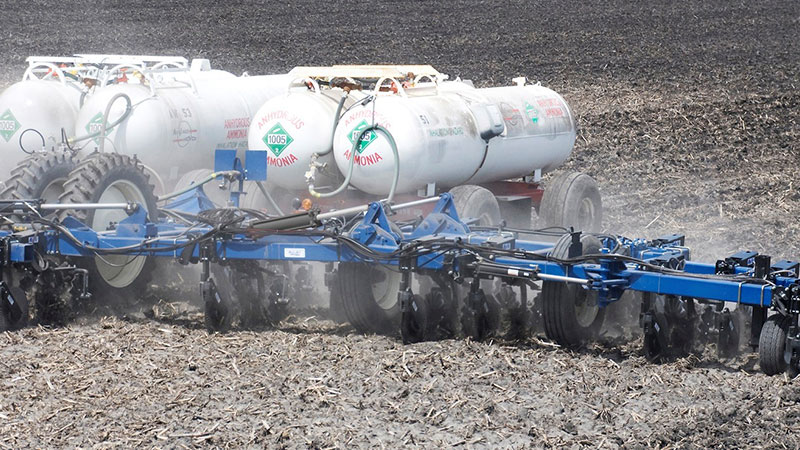Thoughts From Commodity Classic
CropLife Editors Paul Schrimpf and Eric Sfiligoj attended the recent Commodity Classic conference in Nashville. In reviewing their experiences, they shared the following e-mail exchange after the event.
Paul: Some Commodity Classic, eh Eric? There sure were a lot of giddy farmers running around the convention center. And the amount of equipment was impressive, too. Most of the exhibitors seemed to be pretty happy, so that record farm income from last year must be getting reinvested in the farm this year. The National Association of Wheat Growers were giving away those hot cinnamon rolls, and I overheard someone saying that by the morning of the last day they had given away 6,000 rolls. Even taking out what I ate, that’s a lot of rolls.
What stuck in your mind from this year’s event? The lack of a definitive issue made it pretty unique for me … that one "something" on everyone’s mind. Every year there’s something that’s making people anxious. Not this year.
Eric: So true. There was plenty of optimism to go around for the most part.
However, there was one grower who spoke at the Bayer CropScience event who didn’t share this view just yet. When he was asked if he was enjoying all the extra income in 2007 from the high commodity prices, he said no. "Unfortunately, I sold my crops a few years out, so that I was still locked in at $3.80 per bushel for corn in 2007, not $5. So for me, the increase in commodity prices won’t come into play until after I harvest the 2008 crop. But then, it should be great to have some of that extra income."
Assuming this grower is not alone in selling his crops ahead a few years, we could see plenty of extra grower income coming into the industry long after commodity prices settle back down — if they ever do, that is.
Paul: That’s interesting. Growers are getting penalized for locking in early. That could be a significant risk, given their costs are going up as fast as the crop prices are. I guess it’s no wonder that the other thing I observed at the conference was the vast uncertainty about what growers are going to plant this year. In good times and bad, there’s a lot to consider and manage.
It’s hard to imagine crop prices coming down anytime soon. But then, it’s hard to imagine the price of anything coming down anytime soon. Chemical prices, fertilizer, seed, land … it’s all up.
Eric: Indeed. One of the growers speaking at the Bayer event mentioned that he had recently purchased anhydrous ammonia (NH3) for his farm at what he thought was a hefty price of $760 per ton. Then he talked with a neighboring grower who ended up buying his NH3 for more than $800 per ton for the 2007 spring season. By this fall, he speculated, the industry could see NH3 hitting the $1,000 mark, with urea not far behind in the $700 per ton range.
The other tidbit regarding prices and supply from the show was the fact that with all the uncertainty regarding planting plans, some seed suppliers are warning that certain popular types of soybean seeds could be in short supply this year. This could potentially keep corn acreage higher than normal for one more season before seed suppliers re-adjust their inventories accordingly.
Paul: Gives retailers plenty to talk to growers about, that’s for sure. Well, let’s get on with spring ….






